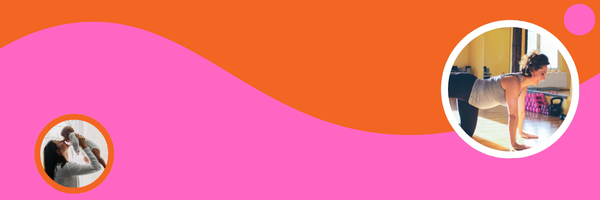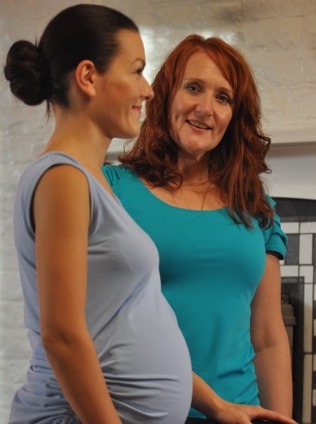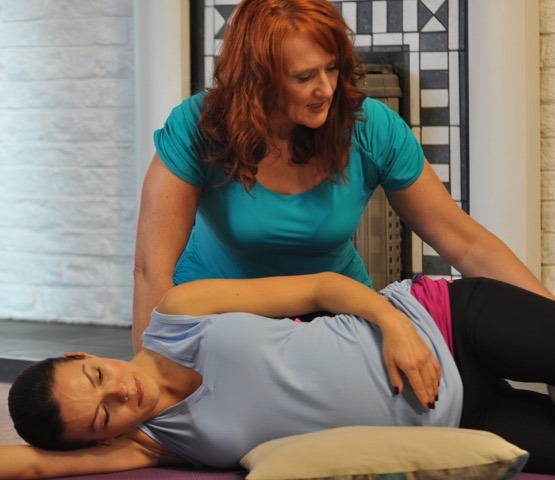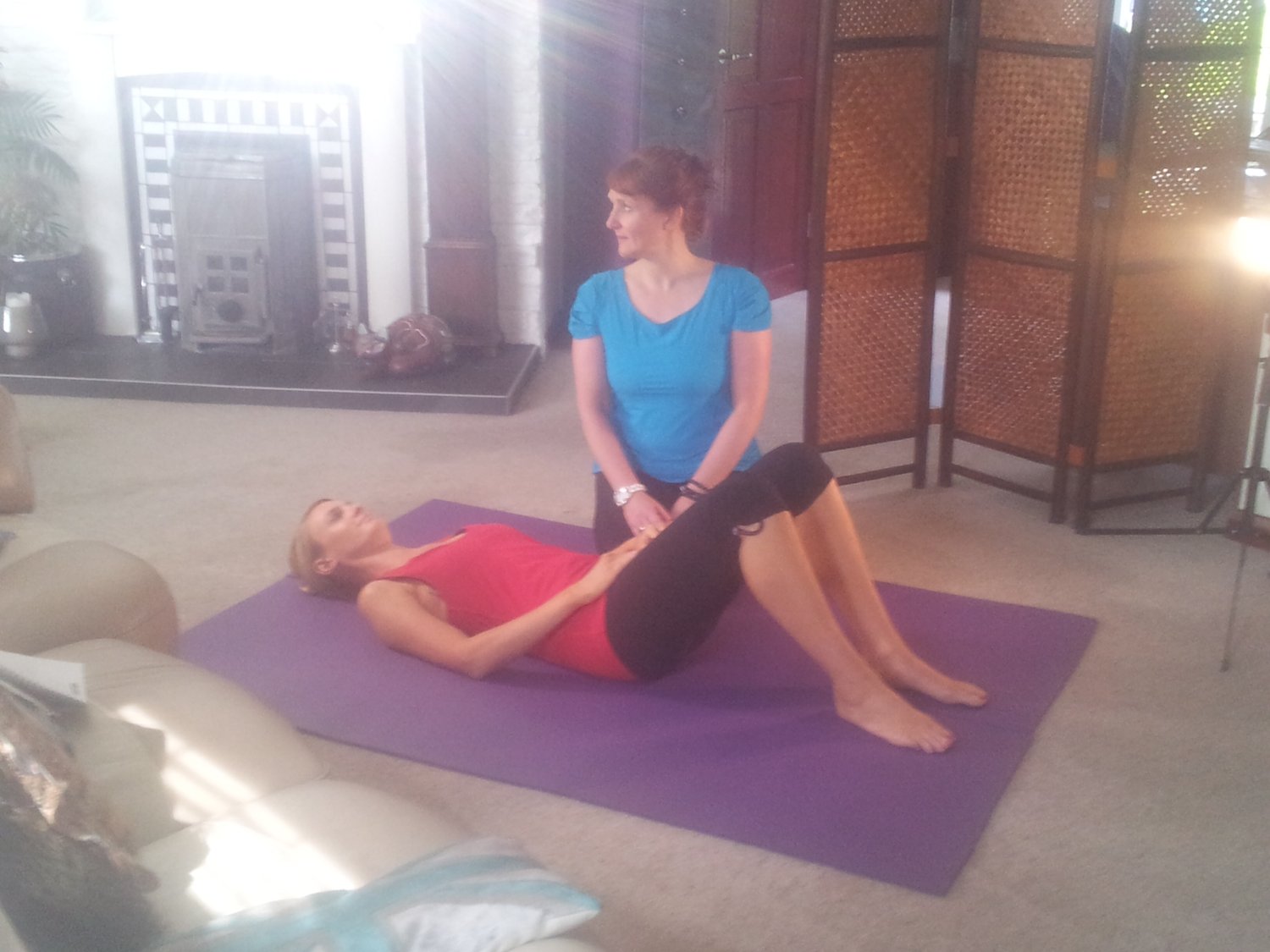Pregnancy and Post-Natal Pilates Course
A comprehensive exercise and wellness course to take you through your pregnancy into the post-natal recovery period and beyond.

A comprehensive exercise and wellness course to take you through your pregnancy into the post-natal recovery period and beyond.
“I started Pilates with Jo 6 months before I conceived for a second time and continued throughout my pregnancy - I had a significantly easier pregnancy and managed a vbac at home to deliver my second angel. A truly unexpected bonus has been how I've so easily lost weight post partum. I have managed to get into jeans after 3 weeks that took 7 months after my first child! I have NEVER felt better!”
— Catherine Silcock (Chiropractor)



